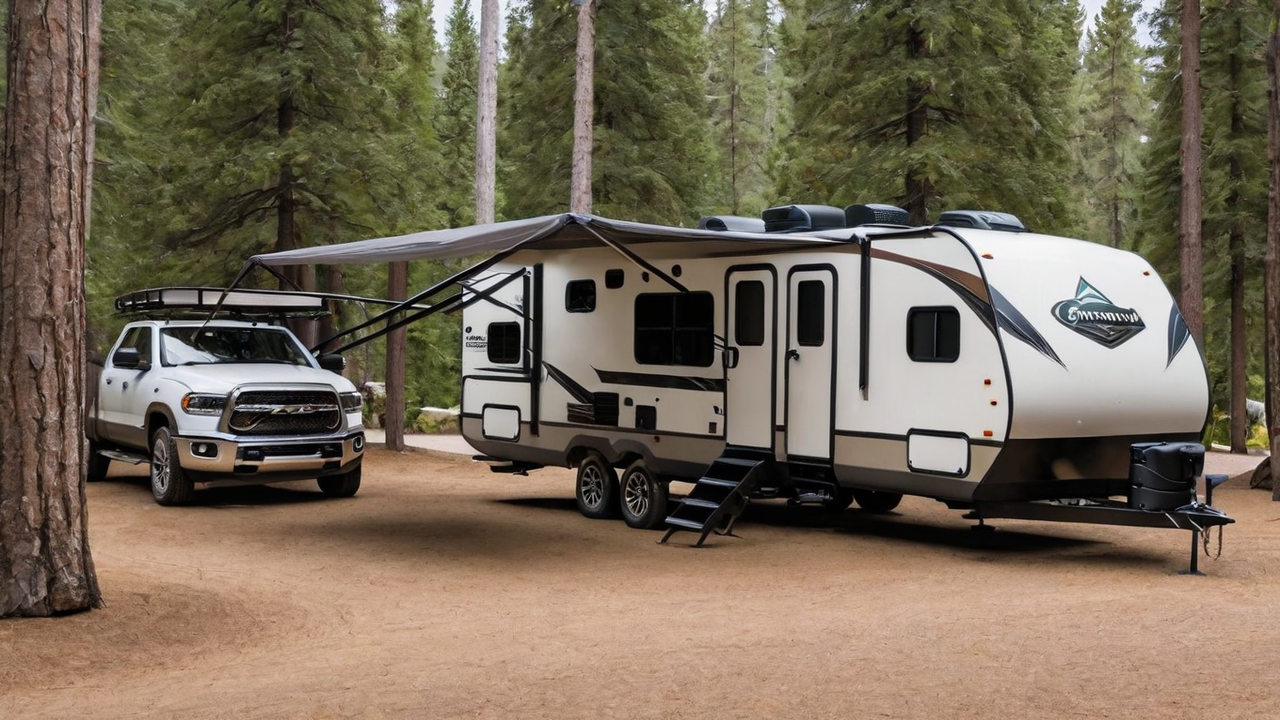Crafting an Optimal User's Experience: Designing Principles for Camping Software
Crafting an Optimal User's Experience: Designing Principles for Camping Software
Blog Article

Comprehending Your Audience
Identifying which your target audience are vital in crafting an effective user experience. It is crucial to take into account their needs, preferences, and tech competence. Such understanding leads every designing choice, guaranteeing that your program becomes accessible and easy to use.
Knowing the users likewise implies recognizing their difficulties and how they plan to use the campground software. It allows the designers to customize functions and functionalities that meet specific needs, making your application not only helpful but also indispensable.
Simplifying the Navigation
Streamlining your navigation is a critical element of user interface designing. An straightforward navigation structure makes sure visitors can quickly find what they're searching for, minimizing frustration and improving satisfaction levels. It's about making the journey through the software as seamless as possible.
Moreover, a well-designed navigation leads visitors through your software, highlighting functions and tools that they might otherwise miss. This an strategy not only enhances usability but also promotes deeper engagement with your campground software full array of features.
Incorporating Premium Visuals
Visuals have a crucial part in creating a attractive user interface. Visuals assist in breaking text and can also illustrate functions in a more efficiently than words alone. Selecting the appropriate images, icons, and colors can greatly boost the aesthetic of the application, thereby making it more pleasing to the eye.
Moreover, a consistent visual style is for building a strong brand identity and trustworthiness amongst your users. Every component ought to be in alignment with your brand’s principles and the overall mission of your application, resulting in a seamless experience that is both polished and inviting.
Improving the Responsiveness
In today's online world, users expect campground software to be fully responsive on every platforms, from desktops to smartphones. A responsive interface guarantees that regardless of the screen size, the application provides an optimal experience. It not only increases accessibility but likewise caters to the users’ on-the-go lifestyle.
Moreover, improving your software’s responsiveness can result in improved performance, minimizing the loading time and preventing user frustration. Users value a quick and efficient interaction when accessing camping software, and this makes performance an element in user satisfaction.
Enhancing the Search
Locating information swiftly is key in any application, especially in campground software systems. Optimizing your search feature enables visitors to easily locate exactly what they're looking for, which boosts user satisfaction and productivity. By intelligent search features, you reduce the frustration and improve overall satisfaction.
Additionally, complex search options like filtering options and tagging can help in narrowing down results, making the search process more effective. Introducing these features shows an understanding of the users' needs and an effort to enhancing the user’s interaction with your campground system as seamless and effective as possible.
Focusing on User Security
Protecting user information is always a top priority when coming to developing campground programs. Your users expect to be secure when providing their private data. Guaranteeing strong security measures not only protects the information but likewise builds a sense of trust between the user and the company.
In addition to standard security features like passwords and encryption, it's important to consider implementing additional security measures such as two-factor authentication or biometric security logins. These features provide additional layers of protection, ensuring that customer information is kept secure from unauthorized access.
Leveraging User Feedback
Listening to feedback is vital for the continual enhancement of the campground program. It allows the developers to grasp what is working, what doesn’t work, and how the application can be improved to better meet user expectations. This type of feedback creates an open dialogue between the users and your team, which makes them feel they are a part of the software’s evolution.
Taking this feedback effectively can lead in noticeable improvements in user interface designs and overall user experience. Making changes based on actual feedback demonstrates that your company cares about its customers and is dedicated to providing a high-quality product.
Keeping the Simplicity
In the realm of design, simplicity is golden. An unnecessarily complex interface can overwhelm users, leading in an unpleasant UX. Keeping things simple, on the other hand, makes the software easier to understand and navigate. This encourages greater engagement and satisfaction levels.
Additionally, keeping the simplicity should also apply to the software’s content and functionality. Avoid unneeded features that don’t add value can ensure that the UI remains uncluttered and focuses on the essential needs of your end-users. By doing so, explore you craft a more efficient UX that appeals with your target audience.
Report this page